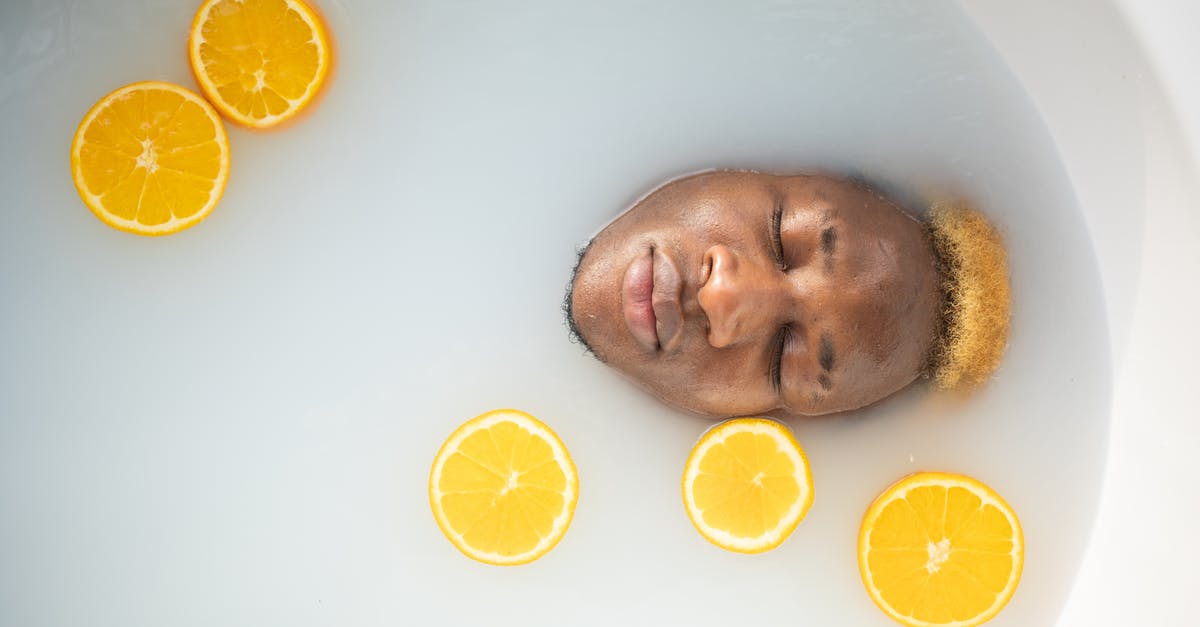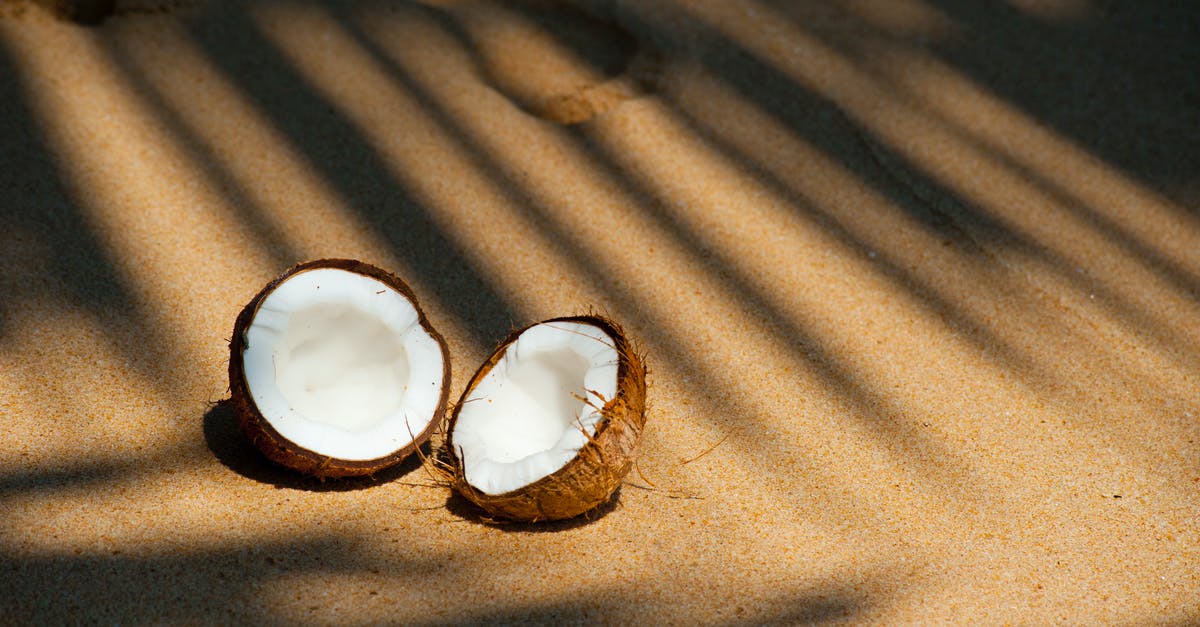Coconut milk looks like water with butter chunks

I bought a can of coconut milk (or a cream really, it is rather fat, around 17%) for my piña colada. I have never bought coconut milk before. It was weird inside. Upper half was like butter paste and lower like water. I mixed it in a shaker thinking it would become homogeneous. But no it looked like you blend butter with water, chunks of coconut fat are floating and it is not homogenous at all. I heated it up a little (in hot water). Fat apparently melted and it because more like what I needed. But once I cool it or mix with ice cubes fat immediately precipitates and become totally unappealing. My question is did I buy some defect product? Or wrong product? Or I am doing something wrong with it?
Best Answer
There can easily be some confusion regarding the terms cream of coconut, coconut milk, coconut cream, coconut water etc. It is normal and even often desirable for coconut milk to separate, and for the fattier part (the cream) to clump. Since that is generally not a great quality for mixed drinks, read on.
For Pina Coladas, the most commonly used product is Cream of Coconut, the sweetened, emulsified variety. Two common brands in the US are Coco Lopez and Goya. Coconut milk and coconut cream are totally different products from each other and from cream of coconut, so read the label carefully. When in doubt, check the ingredients. The product you want will have added sugar and emulsifiers.
Goya Cream of Coconut ingredients:
Ingredients: Coconut Juice, sugar, polysorbate 60, salt, citric acid, mono and diglycerides, propylene glycol alginate, sorbitan monostearate, guar gum and locust bean gum.
Coco Lopez Cream of Coconut ingredients:
Coconut, Sugar, Water, Polysorbate 60, Sorbitan Monostearate, Salt, Propylene Glycol, Alginate, Mono and Diglycerides (Emulsifiers), Citric Acid, Guar Gum, Locust Bean Gum.
These products will not clump like what you have experienced.
In grocery stores in the US, cream of coconut will be with other bartending mixers like margarita mix, not anywhere near the coconut milk. If you have any problem finding it, ask at a liquor store.
Pictures about "Coconut milk looks like water with butter chunks"



Is Coconut Milk or Water Keto Friendly?
More answers regarding coconut milk looks like water with butter chunks
Answer 2
There is nothing wrong with your coconut milk. I've found that coconut milks and creams vary from brand to brand. Your milk has a good portion of coconut oil in it. Coconut oil is solid at room temperature.
You have a few options:
- Remove the fat
This would solve your texture issues but would be a shame. The fat is delicious. - Emulsify the fat
Like making a mayonnaise, you can blend the melted fat and water with an emulsifier and they will stay mixed even when cool (but not too cold). Picking an emulsifier that will work with a sweet drink might take some thought. Soy lecithin has no flavor and would work well but it not something most people keep on hand. - Use a different product
Coconut creams (or creamed coconut) are thicker and higher in fat. Creamed coconut is also sweetened and is often the product of choice in beverages.
Answer 3
So, for what it's worth, your description is exactly consistent with what I see in my Coconut Cream ([sic], @Jolenealaska makes good points about the abiguity of terminology here) cans - that the coconut oil (which solidifies) and the coconut water separate.
Since my wife is non-dairy, and we're both keen on cocktails, I work with this quite a lot, and I've found that heating it can work very well.
I open the can, place it in a small saucepan with water half way up the can, and heat it until all the oil has melted. Whilst it heats, I prepare the rest of the cocktail (normally Brandy Alexanders, in our case) putting the ice and all the other ingredients in the shaker first.
Once the oil has melted, I run the side of the can briefly under the cold tap for 30-60 seconds, to remove a bit of the heat, and then add the cream to the shaker.
Then I immediately shake it.
We find that as long as the melted cream isn't left sitting in direct dry contact with the ice (i.e. as long as you added other liquids first, and start shaking with 10-15 seconds of adding the ice) then it works just fine. The shaking process (and I imagine the alcohol?) emulsifies the cream well enough that it doesn't precipitate at all.
Sources: Stack Exchange - This article follows the attribution requirements of Stack Exchange and is licensed under CC BY-SA 3.0.
Images: Monstera, Alexey Demidov, Oleksandr Pidvalnyi, Pixabay


